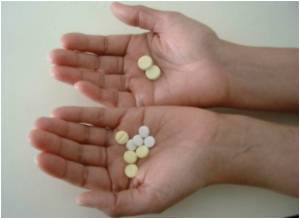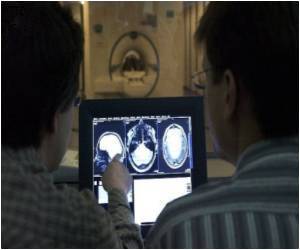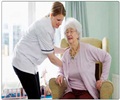Regular use of antipsychotic and antidepressant medication has increased among residents of Sydney nursing homes since 2003.

Prof Snowdon said that the use of antipsychotic agents fell between 1993 and 1998 but by 2009 there had been a progressive change from conventional antipsychotics to a three-to-one preference for atypical antipsychotic medication. By 2009, the rate of regular use of antipsychotic medication had risen above the level it had been in 1993.
In 2009, 25.6 per cent of residents were regularly taking an antidepressant compared with 15.6 per cent in 1993, while the proportion of residents prescribed anxiolytic (4.7 per cent) or hypnotic medication (11.1 per cent) regularly had fallen.
Prof Snowdon said that over time, revision of management guidelines, warnings about potentially lethal side effects, and introduction of new drugs have contributed to changes in the pattern of use of psychotropic medication in aged care facilities.
However, Prof Snowdon noted that the findings could not be generalised as recent evidence from Tasmania showed that 42 per cent of residents were taking benzodiazepines regularly.
“Nevertheless, changes in medication use should provoke discussion,” Prof Snowdon said.
Advertisement
Source-MJA












